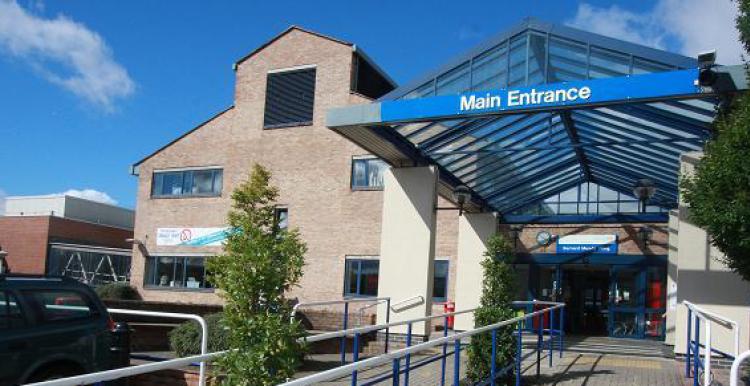A virtual conversation about virtual wards - update on event

We were joined by a number of representatives from Kingston Hospital, Your Healthcare, Royal Star and Garter Care Home, Voices of Hope, Councillors, Local residents and Healthwatch Kingston volunteers and trustees with a total of 20 people on the call.
We took questions before the event so Kingston Hospital could prepare a presentation around what people wanted to know.
Watch the presentation
Questions and Answers
Here are some short answers to the questions that people asked about virtual wards in Kingston Hospital.
Q: How many people are being serviced by virtual wards?
A: Ward capacity is currently 20 patients and we have cared for 68 patients to date.
Q: Who is monitoring this?
A: The Virtual Ward clinical team monitor all patients on the ward. The patient numbers are reported alongside all other virtual wards in the region to the NHSE via the Foundry Platform, but we also collect internal business intelligence data via our Computerised Record System.
Q: Is there an alarm system?
A: Yes, a key part of the virtual monitoring platform is identifying clinical changes early and part of this is a traffic light alarm system.
Q: Can people say no and can they change their mind?
A: Yes, absolutely and this has indeed taken place. We have had a couple of patients who didn’t feel confident to be transferred to the virtual ward at the time we suggested, but we revisited the opportunity with them and a day or so later they chose to join the ward and one of these has even had 2 episodes on the ward, coming to the Emmergency Department asking for the VW team as they felt so empowered at home with the care the team delivered to them the first time. We are passionate about patient engagement and a big part of that is being comfortable and using the digital technology to enhance their self care as well as providing excellent clinical care by the specialist team.
Q: Is it reliant on carers coming in if someone lives at home?
A: No, it is not reliant on this but it is possible to work with carers if they are required. The VW team will also go and see patients at home as clinically needed.
Q: I would be interested to know if and how this might apply to people with a learning disability/autism, particularly if they live on their own in supported living but with support only part of time.
A: We have provided care in the VW to patients with a variety of different needs as described here. Part of the flexibility of the platform has made this even easier and reduced the risk of associated complications related to being cared for outside of the usual place of residence. One option of device is a wearable that automatically uploads vital signs, meaning if the patient is comfortable to wear it, they do not have to actively do anything further to deliver their clinical signs to the specialist team. We work closely with existing care providers to ensure safe delivery of the digital platform and clinical care. Patient safety is always the priority.
Q: What considerations are in place for unpaid carers, including those that are balancing care and work/education?
A: Any patient being considered for the virtual ward is comprehensively screened by the VW Multidisciplinary Team and part of that is understanding their care needs at home. We will always gain consent from the patient but also those who care for them, to ensure all involved are fully aware of the system, the expectations of us and them, raise any concerns or questions and ultimately consent or not to VW care.
Q: Is there training for unpaid carers (on equipment needed for home care)?
A: Every patient and their carers are provided with training on the Virtual Ward remote monitoring equipment prior to leaving the hospital. We also carry out a face to face home visit on day one of the virtual ward care at home, enabling any checking of kit and problem solv-ing early in the care process. The devices have a patient / carer helpline 24hrs a day to further support the use of the equipment at home.
Q: What costs might be incurred for running equipment at home?
A: Is there support available for those on low income to run anything that is needed? The only costs would be charging the tablet and wearable device.
Q: If money is being saved, is this being spent elsewhere within Kingston hospital?
A: As it is early in the project, savings are difficult to quantify as yet.
Q: Does virtual wards link with patient portal?
A: We are planning to embed the summary of care on the Virtual Ward in to CYC at the next cycle.
Q: What technology do patients need/know how to work for this to work?
A: The technology and devices are provided / loaned to the patient by the Virtual Ward team and a variety of specific kit is available to suit as many patients as possible. No previous knowledge is needed as we go through how to use the devices prior to transfer on to the ward and trouble shooting as detailed in a previous question.
Q: Is there any expectation on friends and family taking time from work/education to look after someone in their home?
A: The expectations are no different to those of the physical ward, so we would not anticipate so.


